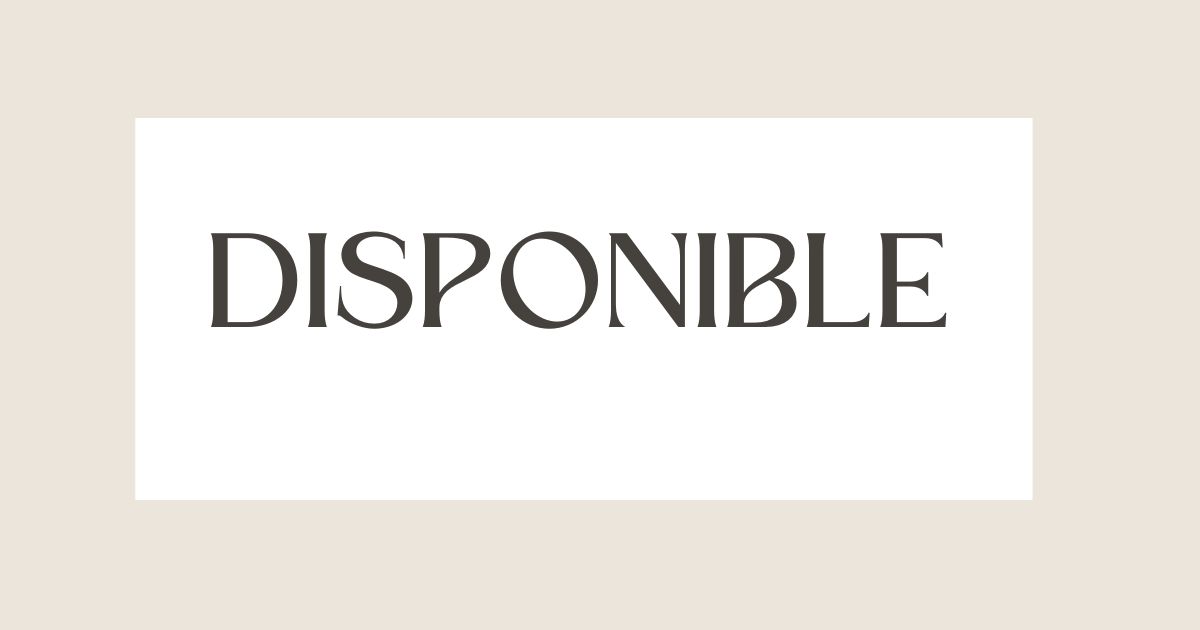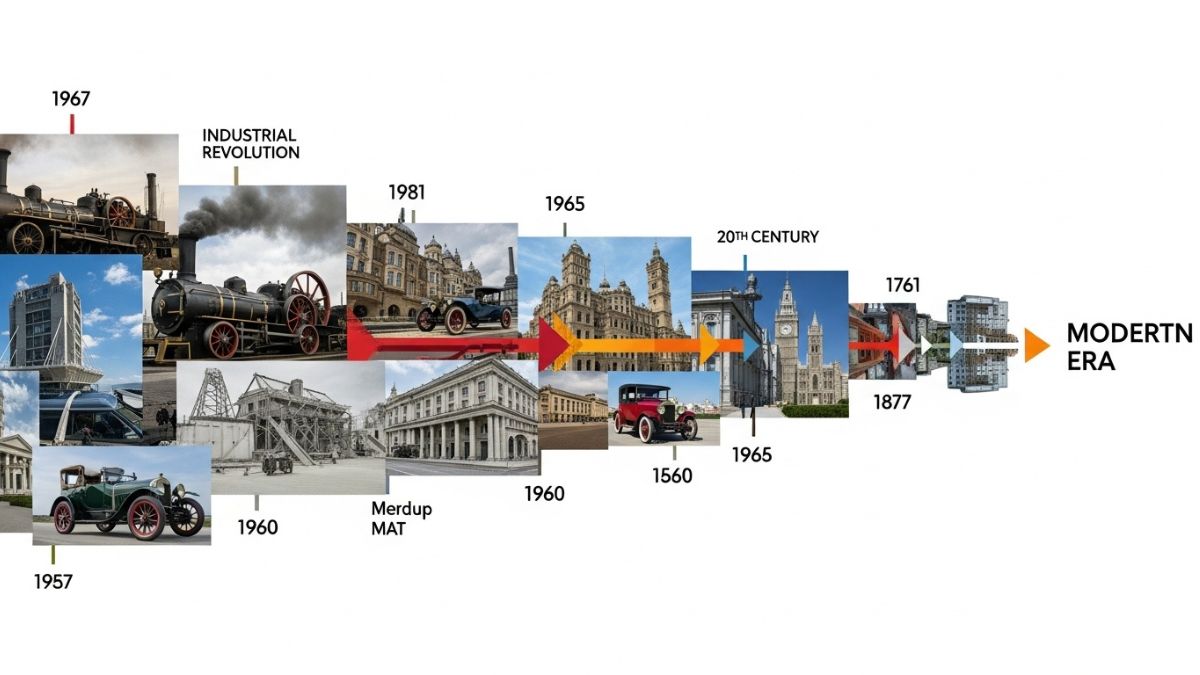The term disponible originates from French and Spanish, and in both languages, it is commonly used to denote availability. In English, “disponible” is not widely used in common speech, but it has appeared in formal or technical writing. More often, it surfaces in translations, user interfaces, or international communications. The word means “available,” “accessible,” or “ready for use,” depending on the context in which it’s applied.
Disponible in French and Spanish Usage
In French, “disponible” is frequently used in everyday language. For instance, when someone is free or available to attend a meeting, they might say “Je suis disponible.” Similarly, in Spanish, the phrase “Estoy disponible” conveys the same meaning. This shows that the word crosses linguistic boundaries while retaining a similar meaning.
Disponible in Technological Interfaces
One of the most common modern uses of the word disponible is in digital and technical contexts. On smartphones, apps, or websites localized in Spanish or French, you’ll often see “disponible” used to indicate when a feature is “available” or when an item is “in stock.” For instance, on e-commerce websites, a product might be marked as “Disponible ahora” to let customers know it’s currently in stock.
Disponible in Employment and Scheduling
When used in job applications or staff scheduling, “disponible” indicates someone’s availability. Employers often ask applicants to list the times they are “disponible” to work. This application is especially common in industries such as retail, hospitality, and healthcare, where shift work is typical.
Disponible in Academic and Library Settings
In library databases or academic resources, the word disponible may show whether a book, research paper, or digital file is accessible. The label “Disponible en línea” (Available online) is commonly seen in Spanish-language portals to inform users about the accessibility of materials.
Disponible in Travel and Tourism Industry
In the travel sector, disponible is widely used on booking platforms, schedules, and informational brochures. Airlines and hotels may use the phrase “habitaciones disponibles” (rooms available) or “vuelos disponibles” (flights available) to indicate options open to travelers. This helps communicate current availability clearly to potential clients.
Disponible as a Status Indicator
In the context of communication apps or business software, “disponible” can appear as a user status. It lets others know that a person is online and ready to interact. Just like “Available” in English-based systems, disponible serves as a helpful real-time indicator of someone’s status.
Legal and Official Usage of Disponible
The term also finds relevance in official documents or legal settings, especially in multilingual countries or organizations. In this context, disponible often refers to resources, spaces, or legal options that are open or accessible. For example, a public announcement might read “fondos disponibles para becas” meaning “available funds for scholarships.”
Difference Between Disponible and Libre
In both French and Spanish, disponible and libre can be translated as “free” in English, but their meanings are slightly different. Disponible refers to availability in a utilitarian sense, while libre focuses more on the idea of freedom or unoccupied status. For example, a person can be disponible to help you with a task, but a chair can be libre for you to sit on.
Disponible in E-commerce and Online Shops
Product availability is crucial for online businesses, and “disponible” often shows up on product pages to assure buyers that items are in stock. It plays a psychological role in prompting quick purchasing decisions. Seeing “solo 2 unidades disponibles” (only 2 units available) can create a sense of urgency and lead to faster sales.
Disponible in Event Planning
When planning an event, knowing who is disponible (available) helps determine the best time and place. Online tools for scheduling often include this term when used in French or Spanish. It ensures smooth coordination, especially in international or multilingual environments.
How Disponible Appears in Notifications
Notifications on apps, devices, and platforms might use the word disponible to announce new features or services. Phrases like “actualización disponible” (update available) are direct and effective in getting users to take action. This usage plays a significant role in tech communication.
Disponible in Healthcare Settings
In hospitals or clinics, the availability of doctors, rooms, or equipment is essential. The term “disponible” often appears on digital displays or schedules to signal open appointment slots or available resources. This is vital for maintaining efficiency and ensuring patient care.
Disponible in Customer Support
Customer service systems often use the word disponible to indicate when agents are ready to assist. A live chat feature may display “agente disponible” (agent available), giving users immediate assurance that help is on the way. This improves the customer experience and fosters trust.
Disponible as a Cultural Expression
Beyond its practical uses, the word disponible can also carry cultural undertones. It reflects values like readiness, helpfulness, and accessibility. Someone who says they are disponible may be expressing openness and willingness to be of service, traits highly valued in many communities.
The Psychological Side of Availability
Availability, or disponibilidad, influences how people perceive opportunities, relationships, and services. Whether in business, social life, or technology, being disponible increases perceived value. For example, a person seen as always disponible may be considered reliable—but may also risk burnout due to overcommitment.
Disponible in Marketing Language
Marketers often use disponible to trigger immediate responses. Words like “disponible por tiempo limitado” (available for a limited time) tap into scarcity and exclusivity, compelling potential customers to act fast. It’s a subtle but powerful strategy used across various industries.
Disponible in Emergency Response Systems
In emergency services, the term is vital in dispatch systems. Whether it’s a firetruck, ambulance, or officer, being disponible determines the speed of response. This simple status word can mean the difference between life and death, making it one of the most critical uses of the term.
Disponible in Job Listings and Hiring Platforms
Employers often include the word disponible in job ads or shift postings. It clearly indicates what positions are open or when candidates are needed. This clarity helps streamline the hiring process and matches availability between jobs and applicants.
Conclusion
The word disponible may seem small, but its impact stretches across languages, industries, and daily life. Whether you’re navigating an app, planning your week, or shopping online, you’ll find “disponible” helping you understand what’s ready, open, or accessible. This versatile word is a quiet powerhouse of communication, bridging the gap between readiness and action.
FAQs
What does “disponible” mean in English?
It translates to “available,” meaning ready or accessible for use, interaction, or service.
Where is the term “disponible” commonly used?
It appears in apps, job ads, customer service, travel platforms, and legal or official documents in French and Spanish.
Is “disponible” used in English conversations?
Rarely. It may appear in technical, translated, or multilingual contexts, but “available” is the preferred term in English.
What is the difference between “disponible” and “libre”?
“Disponible” implies readiness or availability for a task, while “libre” means free as in not occupied.
How does “disponible” improve user experience in apps?
It communicates availability clearly, guiding users to take action—whether it’s booking a service, chatting with support, or accessing content.











